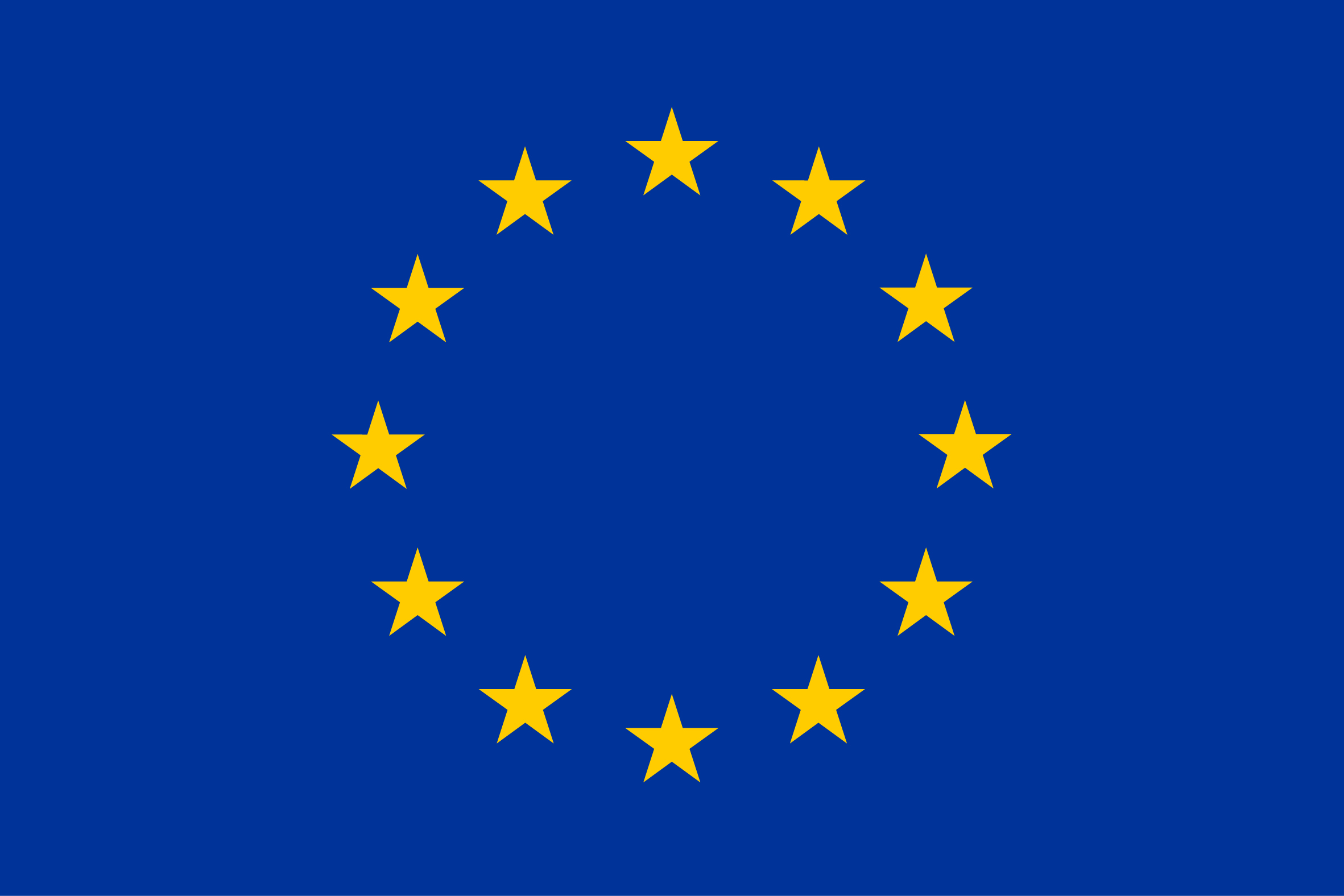Finfish farms are sites where the reproduction or growth of fish occurs in tanks or cages.
"Data of fish farming facilities along the Baltic coast. Annual and average finfish produ
5 KB (675 words) - 14:41, 12 June 2024
[[Category:Fish]]
| label3 = Sub-category | data3 = Fish
8 KB (1,039 words) - 12:55, 2 December 2024
| label3 = Sub-category | data3 = Fish
...elagic, such as herring, sprat and mackerel, the page is for other pelagic fish not described anywhere else.
3 KB (512 words) - 10:22, 3 December 2024
| label3 = Sub-category | data3 = Fish
...ce. Feeding on benthic as well as free swimming organisms. Many freshwater fish are opportunistic feeders that forage on the bottom as well as in midwater
2 KB (300 words) - 13:51, 4 December 2024
| label3 = Sub-category | data3 = Fish
Mesopelagic fish live and feed at midwater at depths between 200m and 1000m (or 150-2000 m
2 KB (254 words) - 13:22, 4 December 2024
| label3 = Sub-category | data3 = Fish
Bathydemersal fish live and feed on the bottom of the sea below 200 m.(fishbase, n.d.).
1 KB (201 words) - 13:47, 4 December 2024
| label3 = Sub-category | data3 = Fish
Invasive fish are fish species that would not be typically present in a certain area, but were bou
1 KB (208 words) - 13:46, 4 December 2024
...Ecological Quality Objective (EcoQO) based on a reference period when the fish community was considered to be exploited sustainably.
3 KB (446 words) - 09:27, 3 April 2022
| title = Demersal fish
| label2 = Category | data2 = Fish
3 KB (482 words) - 20:09, 17 November 2020
| title = Large Fish Indicator
...Ecological Quality Objective (EcoQO) based on a reference period when the fish community was considered to be exploited sustainably.
2 KB (223 words) - 20:09, 17 November 2020
#REDIRECT [[Fish Farms]]
24 bytes (3 words) - 12:43, 2 April 2024
| data11 = Fish farm, 1 Ton/year
Aquaculture, also known as aquafarming, is the farming of fish, crustaceans, molluscs, aquatic plants, algae, and other organisms.
882 bytes (101 words) - 20:08, 17 November 2020
| label3 = Sub-category | data3 = Fish
Invasive fish are fish species that would not be typically present in a certain area, but were bou
1 KB (208 words) - 13:46, 4 December 2024
| title = Large Fish Indicator
...Ecological Quality Objective (EcoQO) based on a reference period when the fish community was considered to be exploited sustainably.
2 KB (223 words) - 20:09, 17 November 2020
| label3 = Sub-category | data3 = Fish
Mesopelagic fish live and feed at midwater at depths between 200m and 1000m (or 150-2000 m
2 KB (254 words) - 13:22, 4 December 2024
| label3 = Sub-category | data3 = Fish
...ce. Feeding on benthic as well as free swimming organisms. Many freshwater fish are opportunistic feeders that forage on the bottom as well as in midwater
2 KB (300 words) - 13:51, 4 December 2024
| label3 = Sub-category | data3 = Fish
...elagic, such as herring, sprat and mackerel, the page is for other pelagic fish not described anywhere else.
3 KB (512 words) - 10:22, 3 December 2024
| label3 = Sub-category | data3 = Fish
Bathydemersal fish live and feed on the bottom of the sea below 200 m.(fishbase, n.d.).
1 KB (201 words) - 13:47, 4 December 2024
| title = Demersal fish
| label2 = Category | data2 = Fish
3 KB (482 words) - 20:09, 17 November 2020
[[Category:Fish]]
| label3 = Sub-category | data3 = Fish
2 KB (279 words) - 12:11, 2 December 2024
| data18 = [[(NS/Biomass)Small Pelagic Fish|Small Pelagic Fish]]
| data20 = [[(NS/Biomass)Large Demersal Fish|Large Demersal Fish]]
2 KB (322 words) - 08:17, 18 November 2020
...tom trawling targets both bottom-living fish (groundfish) and semi-pelagic fish such as cod, squid, halibut and rockfish. Pelagic trawls are typically much
...fishing efforts calculated by the ecosystem simulation. This fleet doesn't fish in areas that are [[(NS)Protection Against Industrial Trawl|protected again
2 KB (305 words) - 20:09, 17 November 2020
| label2 = Category | data2 = Fish
...source of food for a large number of fish (notably flatfish, cod, demersal fish), crabs and seabirds.
1 KB (182 words) - 20:08, 17 November 2020
...in rivers or where the sea ebbs and flows, for entangling and catching the fish. Drift nets are nets which are not anchored. They are usually gillnets, and
...fishing efforts calculated by the ecosystem simulation. This fleet doesn't fish in areas that are [[(NS)Protection Against Nets|protected against drift and
2 KB (268 words) - 20:09, 17 November 2020
...Ecological Quality Objective (EcoQO) based on a reference period when the fish community was considered to be exploited sustainably.
3 KB (446 words) - 09:27, 3 April 2022
| label3 = Sub-category | data3 = Fish
...ottom during day-time, but move off-bottom at night. Adults feed mainly on fish (small hakes, anchovies, pilchard, herrings, cod fishes, sardines and gadoi
2 KB (237 words) - 13:49, 4 December 2024
| label2 = Category | data2 = Fish
'''Diet:''' Mackerel feeds on both pelagic and benthic organisms such as fish (sprats, sandeel), worms and other invertebrates.
2 KB (290 words) - 20:09, 17 November 2020
| label2 = Category | data2 = Fish
'''Diet:''' They prey on zooplankton and fish larvae.
2 KB (289 words) - 20:09, 17 November 2020
...gin, for example rock and mining wastes, are also sometimes dumped at sea. Fish waste is only dumped in small amounts and at a few sites (fewer than 1000 t
2 KB (249 words) - 20:09, 17 November 2020
...fishing efforts calculated by the ecosystem simulation. This fleet doesn't fish in areas that are [[(NS)Protection Against Bottom Trawl|protected against b
* [[(NS)Demersal fish|Demersal fish]]
2 KB (303 words) - 20:08, 17 November 2020
 Co-funded by the European Union.
Co-funded by the European Union.